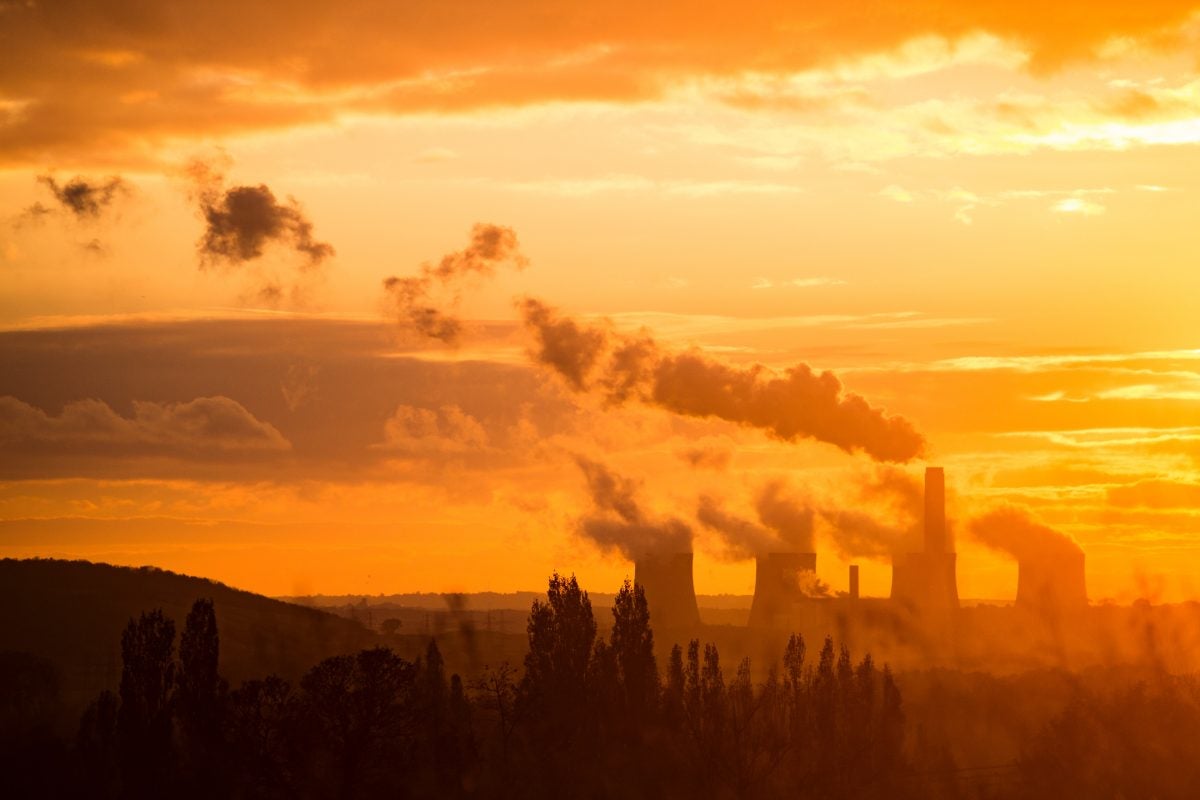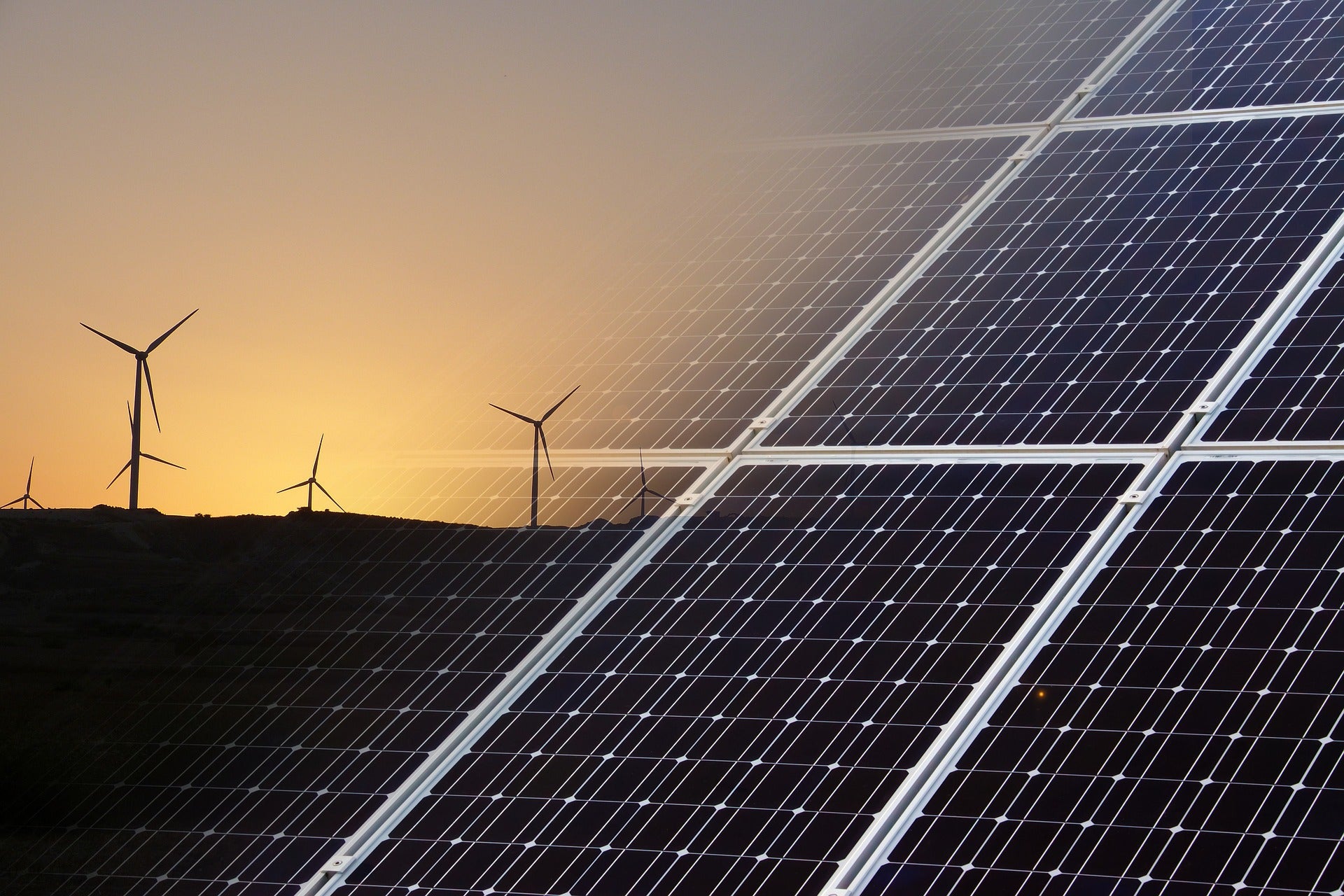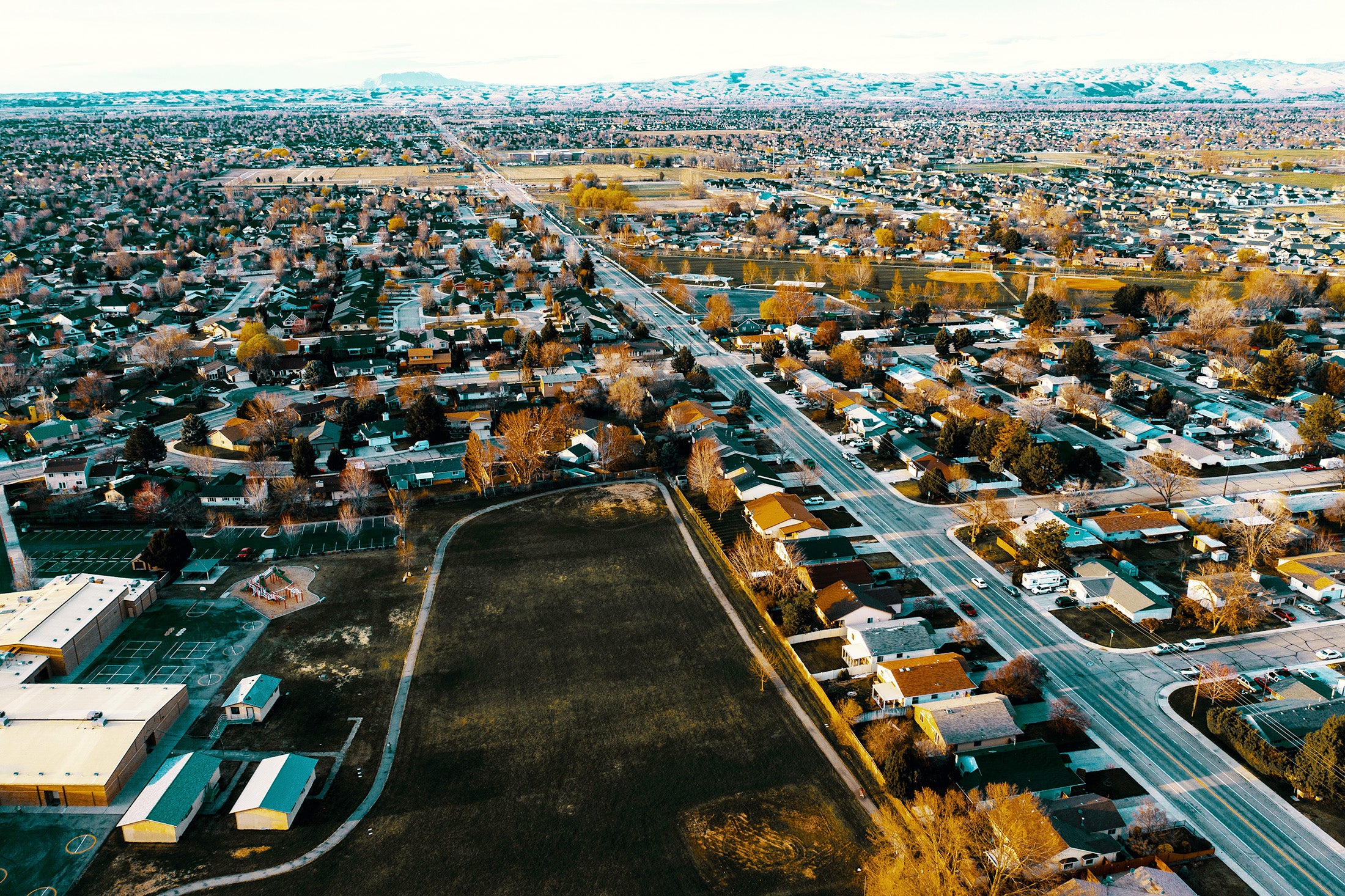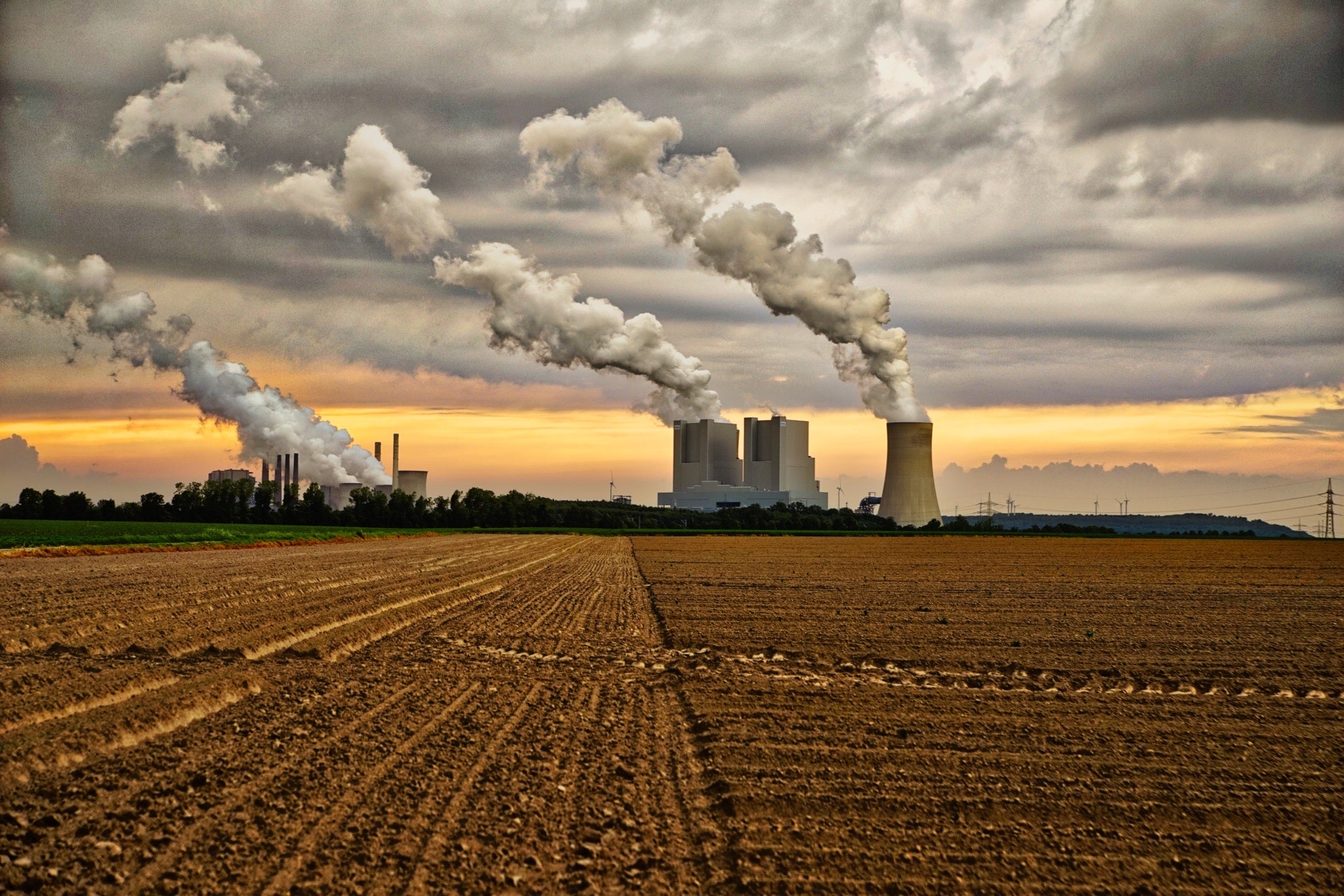Related: Lancet Countdown 2019 | 2020
Fact sheets
- Executive Summary
- Summary for the General Public
- Information for Medical Professionals
- New Science
- Regional Summaries
The United States must rapidly implement an all-encompassing, evidence-informed response to climate change that prioritizes and optimizes health and equity, according to new research published in The Lancet from Dr. Renee Salas, lead author of the Lancet Countdown U.S. Policy Brief and Yerby Fellow at Harvard Chan C-CHANGE. The 2021 Lancet Countdown on Health and Climate Change is a comprehensive yearly analysis tracking the impact of climate change on human health across 44 indicators around the world.
This year, the U.S. Policy Brief highlights opportunities to improve health through climate actions and reducing the use of fossil fuels. It examines three interrelated hazards—heatwaves, drought, and wildfires—to demonstrate the complexities and nuances of climate change and show how health risks vary, can be unexpectedly broad, and have far-reaching consequences. The U.S. Brief accompanies the global report and uses country-specific indicator data to expose the inequitable health risks of climate change.
“The data in this report are more than just alarming statistics and trends,” said Dr. Renee Salas. “These numbers represent patients that I care for, such as those with worsening asthma attacks, Lyme Disease, or life-threatening illnesses from extreme heat. I took an oath to protect health and prevent harm, and I can’t do that unless we address climate change. Acting on climate change is, first and foremost, a way for us to improve health in the U.S. and advance equity.”
Key Takeaways
Extreme Heat
- In 2020, adults over the age of 65 experienced a total of nearly 300 million more days of heatwave exposure in the U.S. compared to the 1986-2005 average baseline, making it the second highest year of exposure recorded since 1986.
- Infants under one year experienced a total of nearly 22 million more days of heatwave exposure in 2020 with respect to that same baseline.
- Policy failures — such as historic redlining or lack of OSHA regulations — disproportionately expose specific groups (such as people of color, outdoor workers, incarcerated persons, and those living below the poverty line) to extreme heat.
Wildfires & Smoke
- Wildfires in the Western U.S. correlate with hotter temperatures, and the wildfire season has been lengthening. By September 2020, the maximum annual wildfire incidence peaked at approximately 80,000 wildfires, which is 8 times greater than the total incidence in 2001.
- There is emerging evidence that PM2.5 from wildfire smoke may be up to 10 times more harmful to human health than PM2.5 from other sources, with increased respiratory harm for children.
- Early evidence also suggests that smoke-related health impacts may be greater farther from the origin of the fire. This could be due, in part, to smoke becoming more toxic over time through a process called oxidation, as well as people not recognizing dangerous air quality and failing to change their behavior.
- PM2.5 from climate-intensified wildfire smoke has been shown to increase susceptibility of contracting and dying from COVID-19, possibly by allowing the virus to travel greater distances and cause more lung inflammation.
Droughts
- Drought harms health in indirect and under-recognized ways by compounding exposure to heat, increasing respiratory and infectious disease risks, worsening water quality, and exacerbating mental health issues — particularly in rural areas.
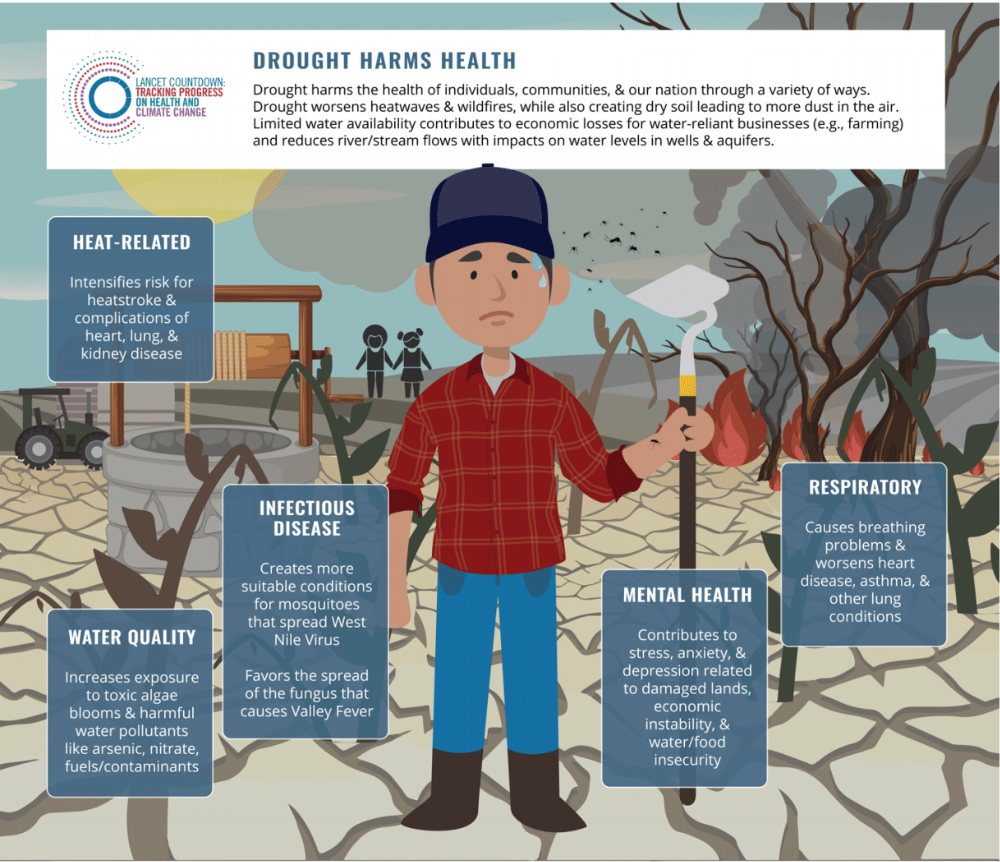
Infectious Disease
- The likelihood of dengue spreading through the Aedes aegypti mosquito in the U.S. has steadily increased since the 1950s.
- In the past 5 years (2016-2020), the transmission potential was on average 55.6% higher than in baseline years (1950-1954) and briefly rose above the threshold of one for the first time in 2017. (A transmission potential above one means that one case of dengue can cause more than one additional infection, potentially leading to an outbreak in the right conditions.)
U.S. Policy Recommendations
Mitigation
Urgent and equitable economy-wide greenhouse gas emission reductions: Rapidly reduce economy-wide GHG emissions to 57-63% of 2005 levels by 2030, consistent with a 1.5°C national emissions pathway, with at least 40% of investments directed towards improving air quality in under-resourced communities, and a near zero-emission economy by mid-century.
Economics & Finance
Incorporate health-related costs of fossil fuels into the social cost of carbon: U.S. calculations must include these health-related costs to accurately analyze the costs and benefits of policies that contribute to the release of carbon dioxide.
Adaptation
Rapidly increase funding for health protections: Local, climate-specific health research conducted through multi-sectoral partnerships can directly inform the development, implementation, and evaluation of equitable health-protective actions.
Links
Related Media
- Reports: Health problems tied to global warming on the rise (Associated Press)
- Public health experts issue grim prognosis on climate impacts (Grist)
- Inaction on climate change imperils millions of lives, doctors say (Washington Post)


